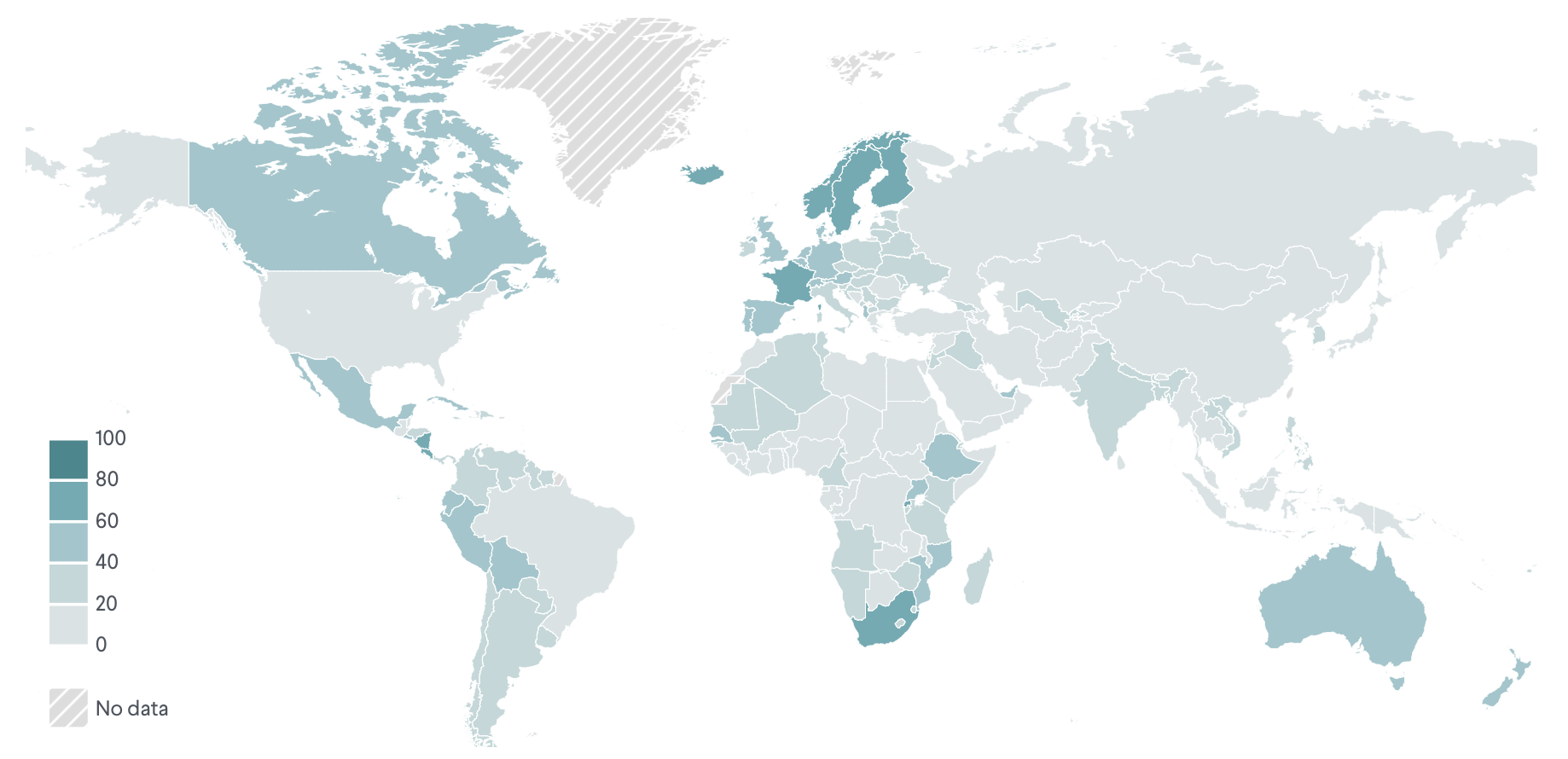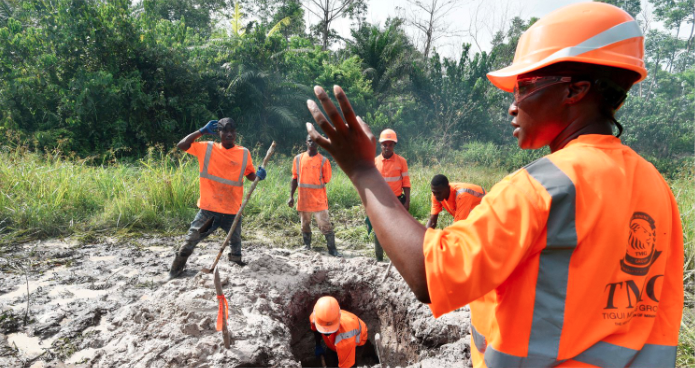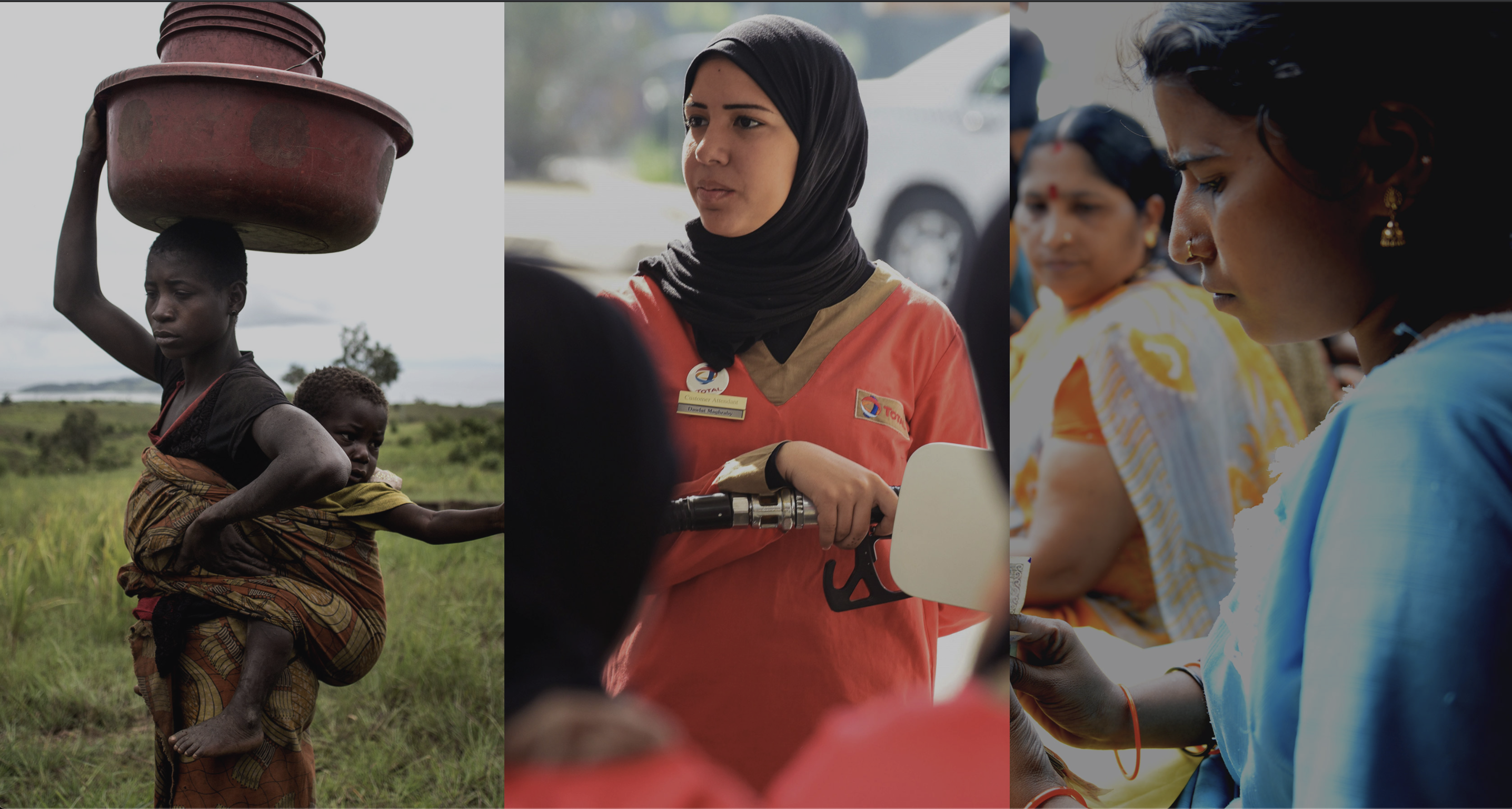In multiple rounds of peace talks, women’s official participation in Yemen has been low. No women participated in negotiations for the 2019 Riyadh agreement or in subsequent ceasefire negotiations on this track. In the negotiations leading up to the 2018 Stockholm agreement, women made up just 4 percent of delegates, compared to 12 percent of delegates in the 2016 talks in Kuwait (with no women in the Houthi delegations). Although the Yemeni Constitution outlines a 30 percent quota for female participation in government, Yemen’s former president, Abed Rabbo Mansour Hadi, transferred his powers to an all-male presidential council in 2022.
Women in civil society have worked across political and sectarian lines to influence the peace process, including through the Yemeni Women Pact for Peace and Security. Women have supported local security efforts, including by facilitating humanitarian access, assisting in the release of detainees, combating child marriage, and leading the reintegration of child soldiers. However, the Ansar Allah group, or “Houthis,” who control most of the country, have placed severe restrictions on women, limiting their ability to participate in public and political life. Women must follow strict dress codes and largely cannot travel without a male chaperone. They have also been prevented from mixing with men in public spaces.
women






